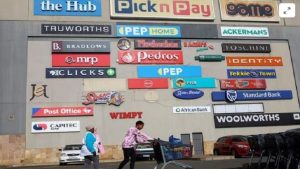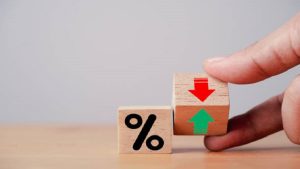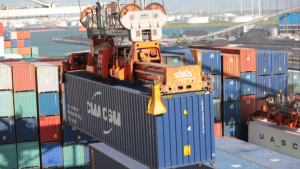The country’s Gross Domestic Product (GDP) for the third quarter declined to 2% quarter on quarter from a revised 2. 8 % in the second quarter of 2017.
Year-on-year, GDP came in at 0-point-8 % in the third quarter, compared with economic growth of 1.3 % in the second quarter. The largest contributor to growth in GDP in the third quarter was the agriculture, forestry and fishing industry, which increased by 44.2 %. The increase was mainly the result of higher production of field crops and horticultural products.
The country’s economy grew two percent in the third quarter of 2017, driven by strong performance in the agriculture, manufacturing mining and quarrying. Mining and quarrying increased by 6.6 % largely as a result of higher production of gold and platinum group metals.
“If you look at the third quarter numbers and the fact that the second quarter numbers were revised upwards, it shows that the economy is unlikely to slide back into a technical recession we saw at the beginning of this year so I think in that sense it is good to see two quarters in a raw where we have rebounded nicely. Agriculture has played a major role with that massive increase which was expected given the bumper crop in maize that we have had as in manufacturing and we should continue into improving next year,” says Economist at Old Mutual Wealth Dave Mohr.
Nedbank Economist Isaac Matshego says there has been a very strong improvement in agricultural output. “It contributed almost half of the total growth in the economy and the total growth number of 2%. The numbers confirm that the economic rebound is under way although we saw a slow- down in growth but clearly the economy is rebounding from the two quarters that we saw of contraction.”
Trade, catering and accommodation industry decreased by 0.4 %. Decreased economic activity was reported in wholesale trade, motor trade and catering. “There were a number of other sectors that were disappointing like if you look at the trade sector particularly wholesale trade there was very little growth, transport sector also showed very little growth number , and construction, electricity and water remained negative , finance and business services did pick up a little bit,” says Mohr.
Household Final Consumption Expenditure (HFCE) was 2.6%. The four largest contributors were household furnishings and equipment, health, transport and communication. The positive growth in transport followed seven consecutive quarters of contraction. “We have seen some improvement in household expenditure of cause the lower inflation rate and the interest rate cut in July are helping a bit but it’s still early days to really say that household expenditure has gained traction.”
The country’s growth rate has performed poorly over the last few years. Rating agencies have also cited concerns about the poor growth. South Africa’s growth rebounded in the second quarter of 2017 with 2. 5% exiting the recession. The Reserve Bank cut its GDP forecast for 2017 from 0.1% to 0.6% in September.






